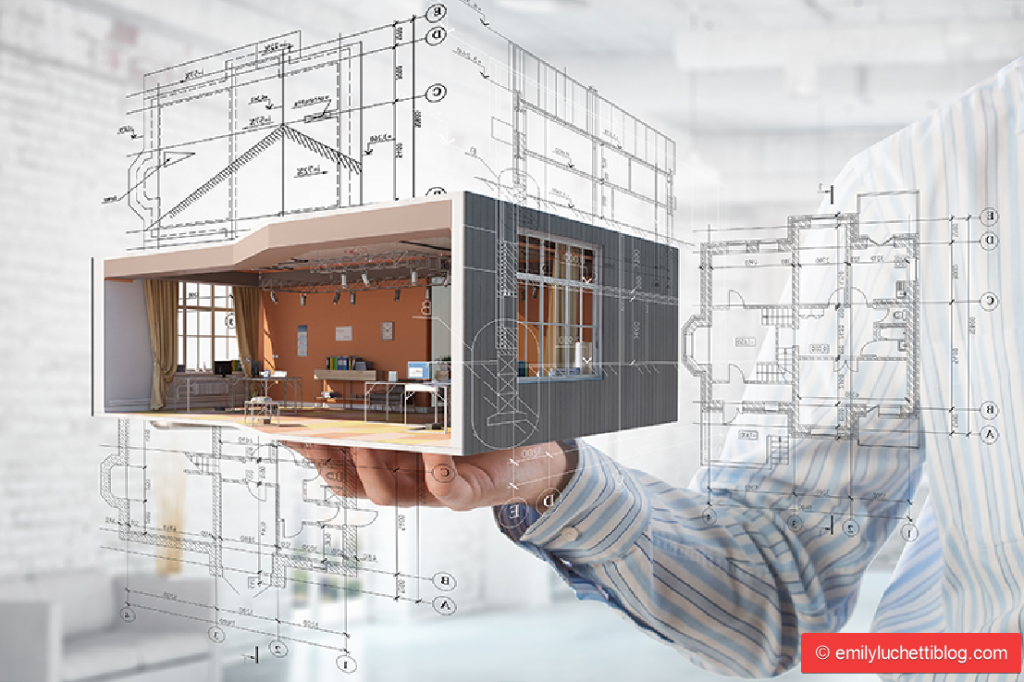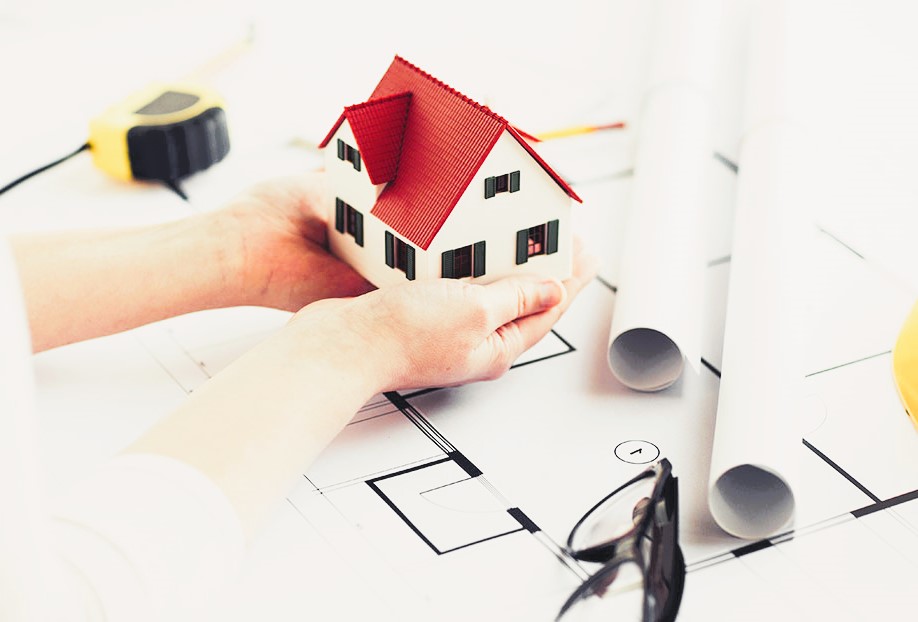Building your dream home can be an exciting and rewarding experience, but it can also be overwhelming and complex. Residential construction involves many different steps and processes, from planning and design to building and finishing. In this article, we will provide a beginner’s guide to residential construction, covering the basic steps and considerations involved in building your dream home.
Section 1: Planning and Design
The first step in residential construction is planning and design. This involves working with an architect or builder to create a design that meets your needs and preferences while complying with local building codes and regulations. During this phase, you will need to consider factors such as the size and layout of your home, the materials and finishes you want to use, and your budget. Like the article? Read more about vinyl windows.
Section 2: Site Preparation

Once your design is finalized, the next step is site preparation. This involves clearing the land and preparing the foundation for your home. Depending on the soil conditions and the design of your home, this may involve excavating and grading the site, installing drainage systems, and pouring a concrete foundation.
Section 3: Framing
The framing phase of residential construction involves building the structure of your home. This typically involves constructing the walls, floors, and roof of your home using wood or steel framing materials. The framing phase also involves installing insulation and other components that will help maintain the energy efficiency and comfort of your home.
Section 4: Mechanical Systems
After the framing is complete, the next step is installing the mechanical systems in your home. This includes the electrical, plumbing, and HVAC systems that will provide power, water, and climate control to your home. This phase of construction requires skilled professionals, such as electricians and plumbers, to ensure that the systems are installed correctly and safely.
Section 5: Finishes
Once the mechanical systems are installed, the next phase is finishing the interior and exterior of your home. This includes installing drywall, flooring, cabinets, and other finishes that will give your home its final look and feel. This phase also involves painting, landscaping, and other finishing touches that will make your home feel complete.
Section 6: Inspections

Throughout the construction process, your home will need to be inspected by local building inspectors to ensure that it meets safety and building code requirements. This may involve multiple inspections at different stages of the construction process, including the foundation, framing, electrical, plumbing, and final inspections.
Conclusion:
Residential construction is a complex and multifaceted process that involves many different steps and considerations. By working with an experienced architect or builder, you can create a design that meets your needs and preferences while complying with local building codes and regulations. From site preparation to framing, mechanical systems, and finishes, residential construction requires skilled professionals and careful attention to detail to ensure that your home is safe, comfortable, and beautiful. With proper planning, budgeting, and execution, building your dream home can be a rewarding and fulfilling experience that provides you with a place to call your own for years to come.


